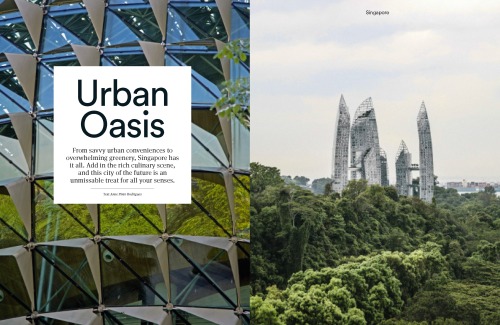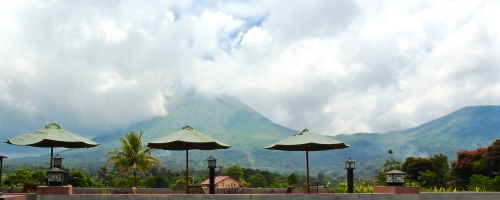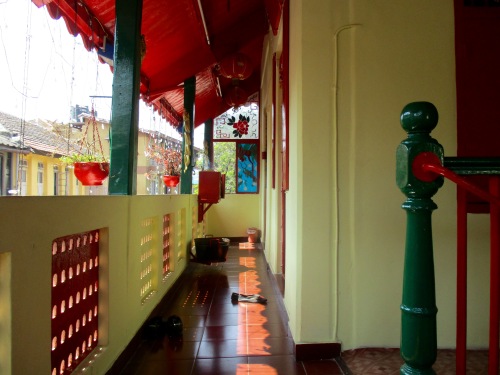The hubs & I enjoyed Jerry Pinto’s alphabet ode to Bombay / Mumbai so much, that over breakfast this morning, we made our own list. Just for fun!
Here’s the link to the original piece which appeared in The Hindu on May 20th, 2019 – An alphabet of hope for the city of dreams.
Our list is typed below. Everyone has their own version of the city. Feel free to add yours in the comments! 
A is for the Art deco district which gave Mumbai another UNESCO site, Aarey Milk colony, and that feeling of ‘aamchi’ (ours) which makes everyone who comes here, call it home. And autorickshaws! NO, we don’t call them tuk-tuks. It’s either ‘auto’ or ‘rickshaw’!
B is for Borivli National Park, the green lung of the city and home to over 40 leopards, the highest leopard/carnivore density in the world; and of course, Bandra – the queen of the suburbs. Not to forget, the BEST buses which ferry thousands across the city, every day.
C is for the coastal road we don’t want, and all the places that make the city what it is – Churchgate, Chowpatty, Crawford Market, Chor Bazaar. And let’s not forget, cutting chai!
D is Dharavi. Please don’t call it a slum. This is where life thrives despite every possible adversity. D is also for dabeli, dhokla, and all the other snacks from Gujarat that have become Mumbai’s own
E is for the East India Company which left it’s indelible mark on this city, Elphinstone College (1856), and Eros theatre
F is for the fire temples of the Parsis*, falooda at Badshah’s, and the flamingos that visit every year
G is for the Gateway of India, built to welcome King George V in 1911, the Global Pagoda in Gorai, the gymkhanas of the city, and gola, ganna juice, and all the street food you can enjoy here
H is for Hanging Gardens and the Old Woman’s Shoe
I is for great public institutions like the IIT, and ice halwa!
J is for Juhu beach, Jimmy Boy’s for delicious Parsi food, and Jehangir Art Gallery
K is for the Kolis, the original inhabitants of Mumbai, King’s Circle, named after (you guessed it!) King George V, Kanheri Caves, the rockcut Buddhist monument dating as far back as 1st century BCE, the once ubiquitous kaali-peelis (black & yellow taxis), K. Rustom’s icecream sandwich, Krackjack biscuits, …….
L is for Lalbaugcha Raja, Mumbai’s most loved deity
M is for Mumbadevi, the goddess after which the city is named, the morgue (jasmine) flower, and mawa cake. Then there’s the Mithi River, which is now getting a good cleaning, and Mondegar, or Mondy’s as we’d call it.
N is for the Nano, the cheapest car in the world, Navi Mumbai (New Bombay), and Natural ice cream
O is for the Mumbai-special ‘one by two’, and the hearty omelette pav
P is for the Portuguese who handed over the Seven Islands of Bombay to the English, and Parle-G, Mumbai’s favourite biscuit
Q is for the Queen’s Necklace, Marine Drive
R is for Rhythm House, the legendary music store that lost out to downloadable music, the Rang Bhavan that no longer is, Regal Theatre, and the Railways, the lifeline of the city
S is for Sassoon Docks, the first wet dock in the city (built 1875), the much-loved Strand Book Store which closed last year, and the Sea Link
T is for the endless range of thalis – Malwani, Gujrati, Rajasthani, North Indian , South Indian, etc; and the city’s beloved Taj Mahal Palace Hotel
U is usal, misal and all the delicious Maharashtrian** snacks
V is Versova beach which happens to be the world’s largest beach clean-up project, Vasai Fort, and Virar trains
W is for WSD (Welfare Of Stray Dogs), the city’s favourite animal charity
X is for Xavier’s college, alma mater to so many of us
Y is for Yazdani, and all the other timeless Irani cafes like Britannia, Kyani’s and the now-closed Bastani’s
Z is for the zunka bhakar stalls which feed Mumbai’s masses
*********************************************************************
*Parsis are the Zoroastrian community of India
**Mumbai lies in the state of Maharashtra and is the state’s capital
































































